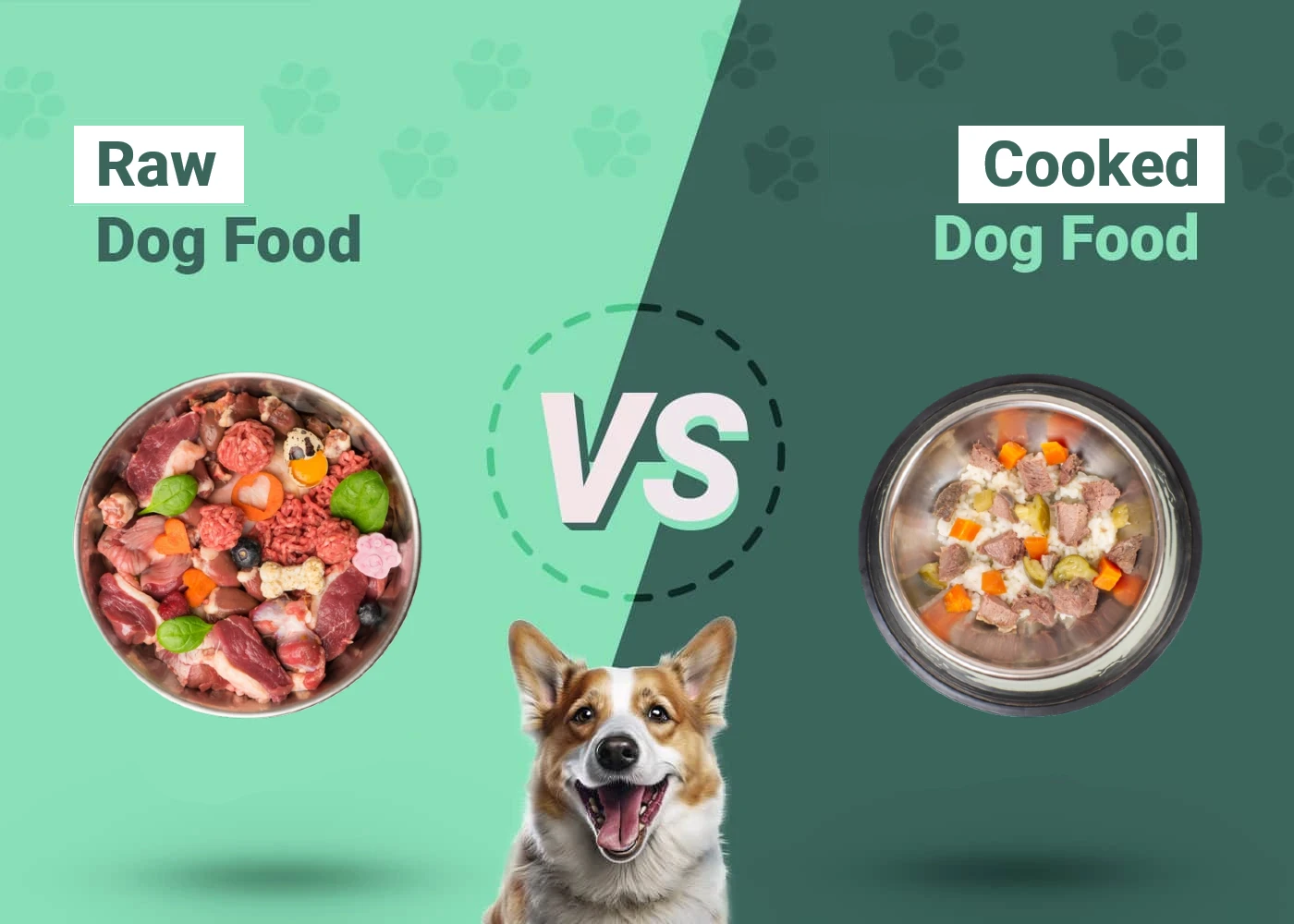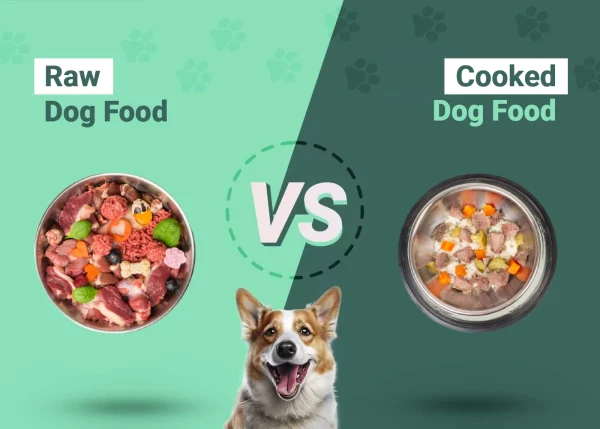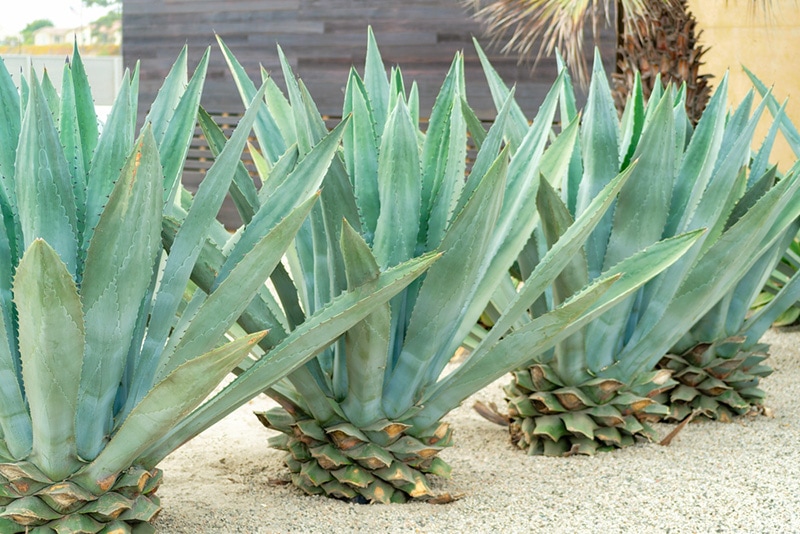One of the most common questions people ask when it comes to their dogs is what kind of food to feed them. There is a lot of debate surrounding raw versus cooked dog food. Some people believe that raw diets are better for dogs because they contain more nutrients, while others believe that cooked diets are better because they are safer, more digestible, and provide more flavor.
In this article, we will discuss the advantages and disadvantages of both types of food, and what to choose for your dog’s meals. Ultimately, what you choose for your pooch’s diet is up to you, your assessment of the purported benefits and risks, and your personal preferences. Here’s a look at the different options and factors involved, before you make your choice.
At a Glance
- Uncooked Nutrients
- Positive Health Effects
- Potential Health Risks
- Pricing & Availability
- Nutritional Value of Cooked Foods
- Health Benefits
- Risks to Health
- Availability & Price
Overview of Raw Dog Food
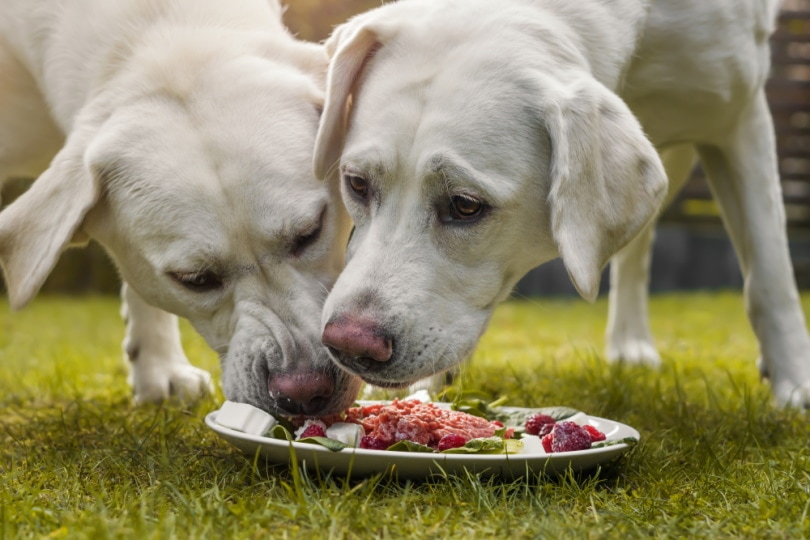
There is a great deal of interest in raw dog food diets, but there is also a good deal of confusion about them. Some people believe that raw dog food is the healthiest diet for dogs, while others believe that it is dangerous. The truth is that there is no one right answer to this question. Raw diet may seem to work in certain cases for some dogs, but they are not the right choice for every dog.
Raw dog food diets are becoming increasingly popular, as pet owners are looking for alternatives to processed foods. There are a variety of ways to feed a raw diet, but the most common is to mix meat, bones, and organs together in a ratio that meets the dog’s nutritional needs. Some people choose to make their own raw food, while others buy commercially pre-made raw diets or freeze-dried raw diets. These ready-made raw diets have the advantage of being nutritionally balanced.
- Anecdotal reports of better health and increased energy
- Less poop
- Greater risk for foodborne illness, such as bacterial infection
- Generally costs more
- Less convenient
- Can be harder for some dogs to digest
- More effort and research are required to provide balanced nutrition
- You may have to feed your dog more often
 Overview of Cooked Dog Food
Overview of Cooked Dog Food
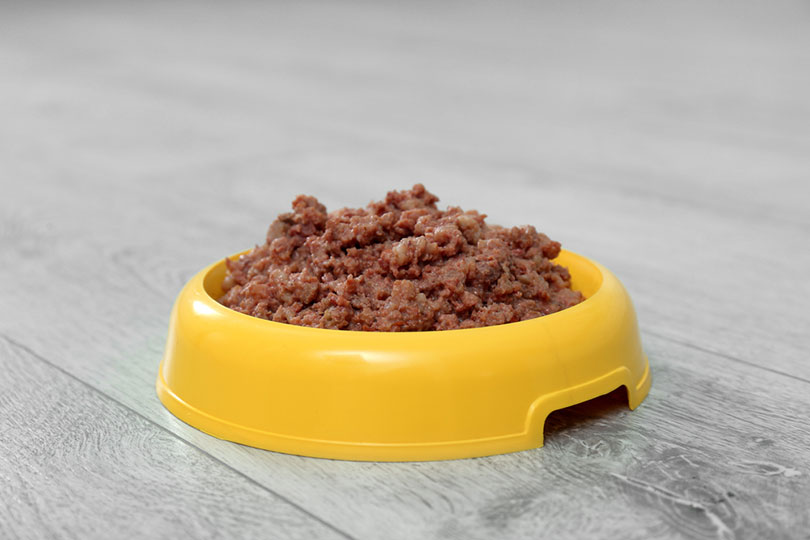
Cooked dog food is processed pet food that typically contains meat, grains, and vegetables. It is often formulated to meet the nutritional needs of dogs and is available in dry, canned, and raw forms. There are a variety of cooked dog foods on the market, and while they all have different ingredients, they typically share some common features. Most cooked dog foods are fortified with vitamins and minerals.
Some cooked dog foods also contain supplements such as probiotics or omega-3 fatty acids. Compared to raw food diets, cooked dog food is considered to be more convenient and typically has a longer shelf life. Cooked dog food is more convenient for the owner, as it is formulated to provide balanced nutrition and so zero thought or effort is required to feed your dog well. This means that it can help you maintain your dog’s health and vitality in a convenient way.
- Easier for some dogs to digest
- Helps prevent health problems such as bloat, pancreatitis, and intestinal blockages
- Contains all the nutrients your dog needs
- Cheaper than raw food
- Lasts longer than raw food
- You don’t have to feed your dog as often
- Your dog may poop more
- Does not have the health and longevity benefits of raw food
What Are the Differences Between Them?
Health Benefits
One of the most commonly held beliefs is that a raw diet is more natural for dogs and that their digestive systems are better able to digest and absorb the nutrients from raw food. Many owners report benefits to feeding their dogs a raw diet, as opposed to a cooked diet. However none of these claims have been definitely proven.
Cooked dog food is a great way to add some variety to your dog’s diet. By cooking the food yourself, you can control the ingredients and make sure that your dog is getting plenty of healthy nutrition. Cooking also destroys harmful bacteria that may be present in the food.
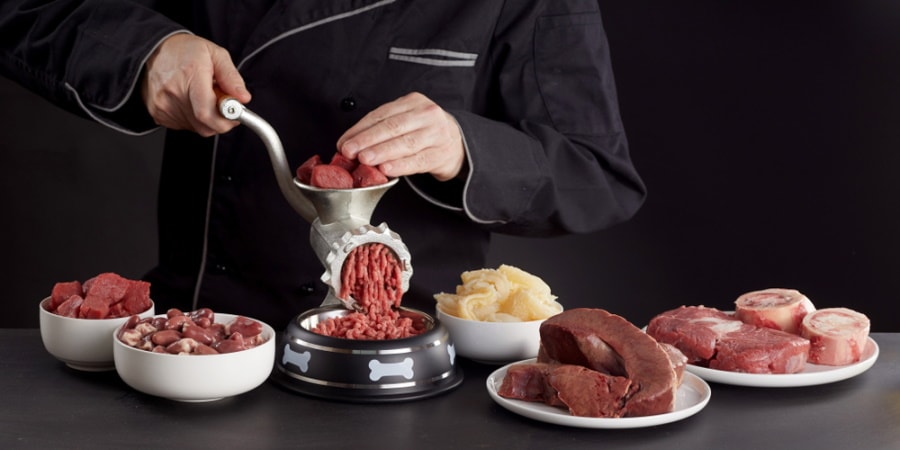
Health Risks
Raw dog food is becoming a more popular option among pet owners, as it is seen as a more “natural” way to feed their dogs. However, there are health risks associated with feeding dogs raw food. One such risk is the presence of bacteria in raw meat. Dogs that eat raw food are at an increased risk of developing a number of illnesses, including salmonella and E. coli poisoning. In addition, unless owners take pains to educate themselves, raw food diets can also lead to nutritional excesses and deficiencies in dogs. For these reasons, it is important to consult with your veterinarian before switching your dog to a raw diet.
Cooked dog food is seen as a more convenient alternative to raw dog food. However, there are some health risks associated with cooked dog food that pet owners should be aware of. Cooked dog food can often be high in fat and calories, which can lead to weight gain in dogs. If obesity is a concern, try finding a commercial brand that is lower in fat and calories.
Availability & Price
There are pros and cons to both cooked and raw dog food diets. While some people may swear by the benefits of a raw diet, others find that it is too risky, expensive, and inconvenient.
Cooked dog food is widely available at most pet stores and supermarkets. It can also be ordered online. The price of cooked dog food ranges from around $0.50 per pound to over $2 per pound, depending on the brand and quality of the food.
Raw dog food is also available at most pet stores, but it may be harder to find pre-prepared raw food than cooked food. It can also be ordered online, but it tends to be more expensive than commercial tinned or dry food.

What the Users Say
Raw dog food users say that there are key benefits to feeding their pet this way. First, they say that raw food is more digestible than processed kibble, so pets get more nutrients from it. Second, many people believe that raw food helps keep dogs’ teeth clean and healthy. Finally, many owners appreciate the fact that raw food is a natural and unprocessed diet, which they feel is better for their pet’s overall health.
Advocates of cooked dog food say that it is more digestible than raw food, which can cause problems like gas and diarrhea. They also say that it is a more complete diet, providing all the essential nutrients dogs need. Additionally, cooked dog food is often considered more appetizing to dogs, leading to better eating habits. So far, the science tends to support this view that cooked food is preferable.
Final Thoughts
In conclusion, there are pros and cons to both raw and cooked dog food. There are many owners who tout the benefits of feeding their dogs raw food. According to raw food advocates, raw food is beneficial for a dog’s weight, skin, and coat. However, there is, as yet, no research to back up these claims. If you are not comfortable feeding your dog raw food, you can cook their food yourself, or buy pre-cooked commercial food from a reputable source and make sure that you are feeding a balanced diet.
It is important to do your research and decide what is best for your pet. Some things to consider are your dog’s age, health, and activity level. Whichever route you choose, make sure to talk to your veterinarian to make sure that your dog is getting the best possible nutrition. Regardless of the diet you choose, be sure to provide plenty of water and exercise for your canine friend.
Featured Image Credit: Hyper-Set, Shutterstock

